Disclosure: This article contains affiliate links. We may earn a commission from purchases at no extra cost to you, which helps our travel content.
Stepping off the plane at Hong Kong International Airport, I was immediately struck by the precision of movement all around me. As someone who's spent her life between Frankfurt's methodical efficiency and the more relaxed pace of my mother's Mexican hometown, Hong Kong's transportation system felt like the perfect marriage of both worlds - structured yet somehow organic. Having navigated transportation hubs across five continents, I can confidently say Hong Kong boasts one of the world's most comprehensive public transit networks. Meine Güte (my goodness), the interconnectivity is impressive! Whether you're a solo traveler on a budget or simply someone who appreciates well-designed urban mobility, this guide will help you zip around Hong Kong with confidence, safety, and without breaking the bank. From the lightning-fast MTR subway to the iconic Star Ferry crossing Victoria Harbour, I'll share my tested strategies for making the most of your Hong Kong adventure through its veins of transportation.
The Octopus Card: Your Transportation Passport
Before diving into specific transit options, let me introduce your new best friend: the Octopus Card. Similar to London's Oyster or Germany's DB Card but viel besser (much better), this contactless stored-value card is the key that unlocks Hong Kong's entire transportation network.
On my first day in Hong Kong, I purchased my Octopus at the airport MTR station. The standard adult card costs HK$150 (about US$19), which includes HK$100 in stored value and a HK$50 refundable deposit. What makes this card truly exceptional is its versatility—you can use it for virtually all forms of public transportation, plus convenience stores, fast food restaurants, and even some vending machines.
As a safety inspector by profession, I appreciate systems that reduce friction points, and the Octopus excels here. No fumbling for exact change or struggling with ticket machines in a rush. Just tap and go. The card automatically calculates the correct fare and applies discounts when available.
For budget travelers, I highly recommend getting the Tourist Octopus Card before your trip or upon arrival. It saved me countless times when I was running to catch the last ferry or hopping between multiple transportation modes in a single day.
When your balance runs low, simply top up at any MTR station, convenience store, or one of the many Octopus service points throughout the city. The system will even display your remaining balance each time you tap, keeping you informed—a small but significant detail that speaks to the thoughtfulness of Hong Kong's transit design.
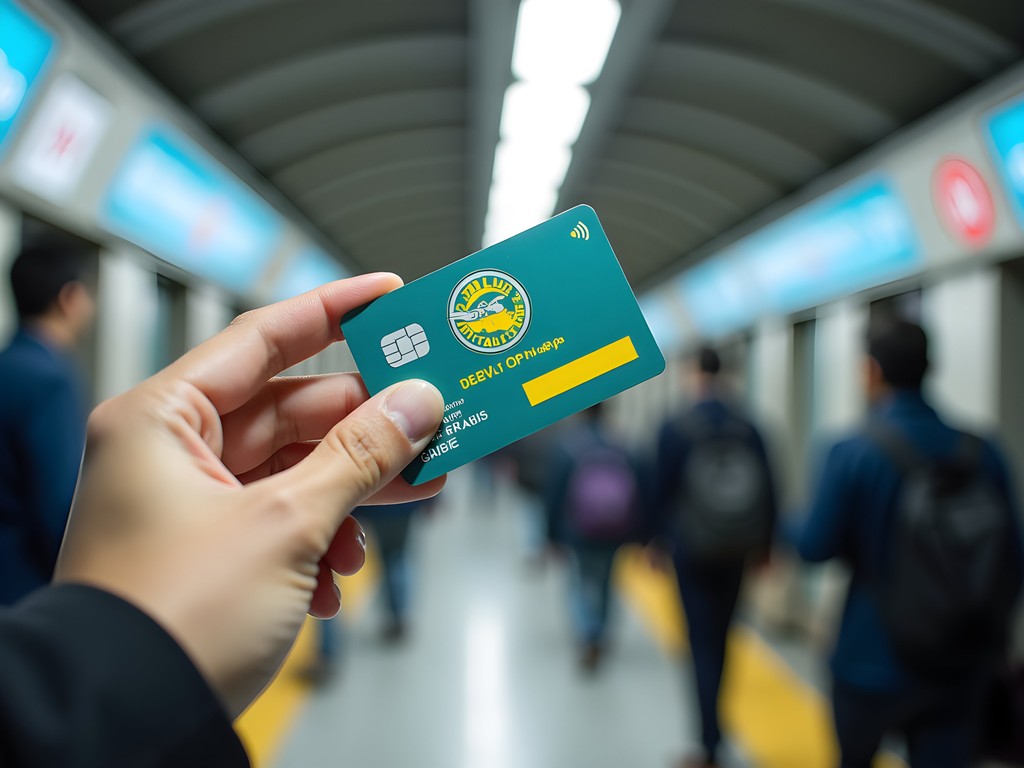
💡 Pro Tips
- Purchase your Octopus Card immediately upon arrival at the airport
- Keep at least HK$50 balance to ensure you can complete any journey
- Register your card online for balance protection in case of loss
Mastering the MTR: Hong Kong's Subway System
If the Octopus Card is your key to the city, the Mass Transit Railway (MTR) is the kingdom it unlocks. As someone who grew up with Germany's efficient U-Bahn and S-Bahn systems, I have high standards for public transportation—and Hong Kong's MTR exceeds them all.
Covering Hong Kong Island, Kowloon, the New Territories, and even extending to the border with mainland China, the MTR network consists of 11 lines distinguished by different colors. Stations are immaculately clean (sauber wie in Deutschland!), trains run with Swiss-watch punctuality, and the signage is brilliantly intuitive with English translations everywhere.
What impressed me most as a safety professional was the thoughtful design. Platform screen doors prevent accidents and suicides, while clear announcements in Cantonese, Mandarin, and English ensure tourists never miss their stops. The stations themselves are often massive underground complexes connected to shopping malls, making it possible to navigate large portions of the city without ever stepping outside—a blessing during Hong Kong's sweltering summer months or sudden downpours.
For budget travelers, the MTR is remarkably affordable. Most journeys cost between HK$4-20 (US$0.50-2.50), depending on distance. My week of extensive MTR travel averaged just US$5 per day—a fraction of what I'd pay for taxis.
During rush hours (8-9:30 AM and 5-7 PM), trains become extremely crowded. If your schedule allows, travel outside these times for a more comfortable experience. When I visited the famous Wong Tai Sin Temple, I deliberately went at 10 AM to avoid both the morning commuters and the midday tourist rush.

💡 Pro Tips
- Download the MTR Mobile app for real-time updates and route planning
- Stand on the right side of escalators if you're not walking up/down
- Look for the colored line on the floor that leads to your connecting train when transferring
Star Ferry & Harbour Crossings: More Than Just Transportation
While the MTR offers the fastest route between Hong Kong Island and Kowloon via underwater tunnels, the iconic Star Ferry provides something much more valuable: perspective. As someone who grew up appreciating river transport during family vacations on houseboats, I have a special affinity for water crossings.
The Star Ferry has been connecting the two sides of Victoria Harbour since 1888, and at just HK$2.70 (about US$0.35) for a lower deck weekday ride, it's not just transportation—it's the best sightseeing value in Hong Kong. The 10-minute journey offers spectacular views of Hong Kong's famous skyline, particularly magical during the evening Symphony of Lights.
During my visit, I made it a habit to take the Star Ferry at least once daily, often planning my itinerary to cross the harbour around sunset. The upper deck costs slightly more but provides better photo opportunities. I found the perfect spot at the railing to capture the entire skyline with my travel camera, which handled the challenging light conditions beautifully.
Beyond the Star Ferry, Hong Kong offers numerous other ferry services worth exploring. The ferry to Lamma Island (about 30 minutes) takes you to a car-free island with excellent hiking trails and seafood restaurants—a perfect day trip from the urban intensity. Similarly, the Mui Wo ferry connects to Lantau Island, home to the famous Tian Tan Buddha.
As a safety tip, always hold onto railings while on deck, especially when the ferry is docking or departing. Hong Kong's harbour can experience unexpected waves from passing ships. Also, ferry schedules change between weekdays and weekends, so always check the latest timetables at the terminals or online.
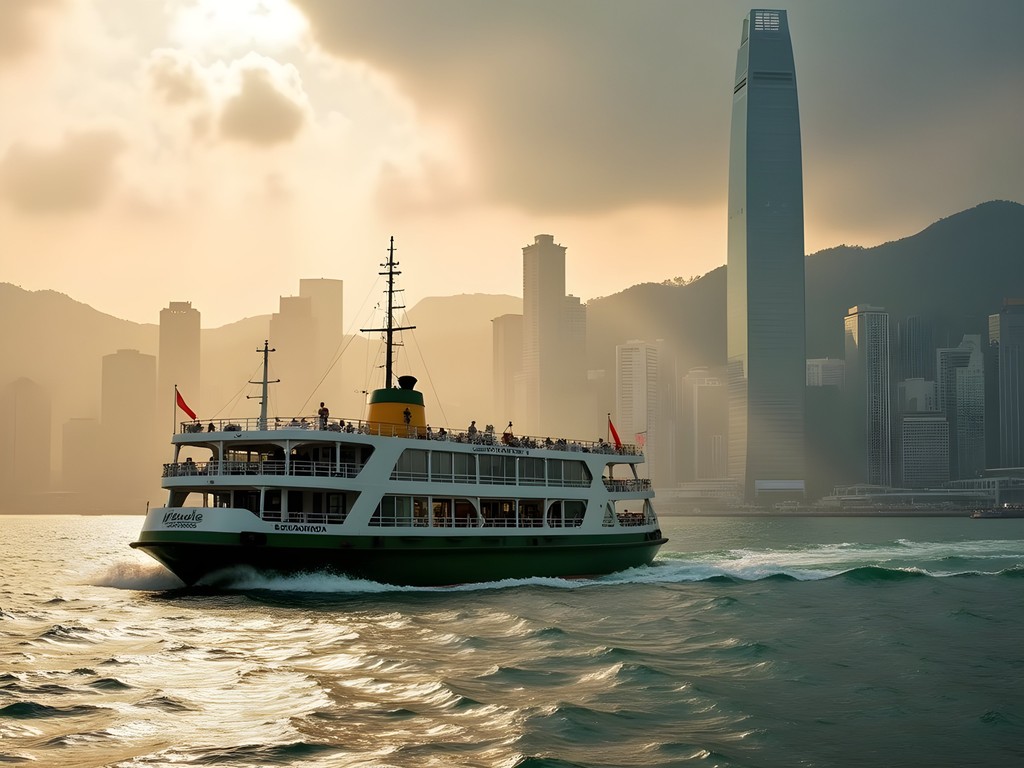
💡 Pro Tips
- Take the Star Ferry at sunset for the most dramatic skyline views
- Sit on the right side when traveling from Tsim Sha Tsui to Central for the best photo opportunities
- Purchase a round-trip ticket to save time queuing for your return journey
Buses, Minibuses & Trams: Getting to Hong Kong's Hidden Corners
While the MTR forms the backbone of Hong Kong's transportation system, the city's extensive bus network reaches places the subway doesn't. Coming from Frankfurt's orderly bus system, I was initially intimidated by Hong Kong's seemingly chaotic bus routes—but I quickly discovered they offer unparalleled access to the city's hidden corners.
Hong Kong operates three main types of road-based public transportation: double-decker buses, minibuses (both red and green varieties), and on Hong Kong Island, the charming historical trams known locally as "ding dings."
The double-decker buses run on hundreds of routes throughout the territory. They're comfortable, air-conditioned, and accept Octopus cards. For the budget traveler, they're often cheaper than the MTR for longer journeys. I particularly enjoyed sitting on the upper deck front row—a prime sightseeing position that offers a unique perspective of the city. When heading to Stanley Market from Central, bus route 6 provided spectacular coastal views that no underground journey could match.
Minibuses come in two varieties: red minibuses operate without fixed routes or schedules (you simply hail them like taxis), while green minibuses follow set routes and stops. With just 16 seats, these nimble vehicles can navigate narrower streets than their larger counterparts. The green minibus #1 took me up to The Peak when the tram line was too crowded with tourists—a local hack I learned from my hostel receptionist.
Perhaps most charming are Hong Kong Island's trams, which have been operating since 1904. At just HK$2.60 (about US$0.33) per ride regardless of distance, they're the most economical way to travel east-west across the island. They're slow but provide an atmospheric journey through some of Hong Kong's most interesting neighborhoods.
For longer journeys or when carrying luggage, I relied on my travel daypack which provided enough space for my essentials while remaining compact enough for crowded public transportation.
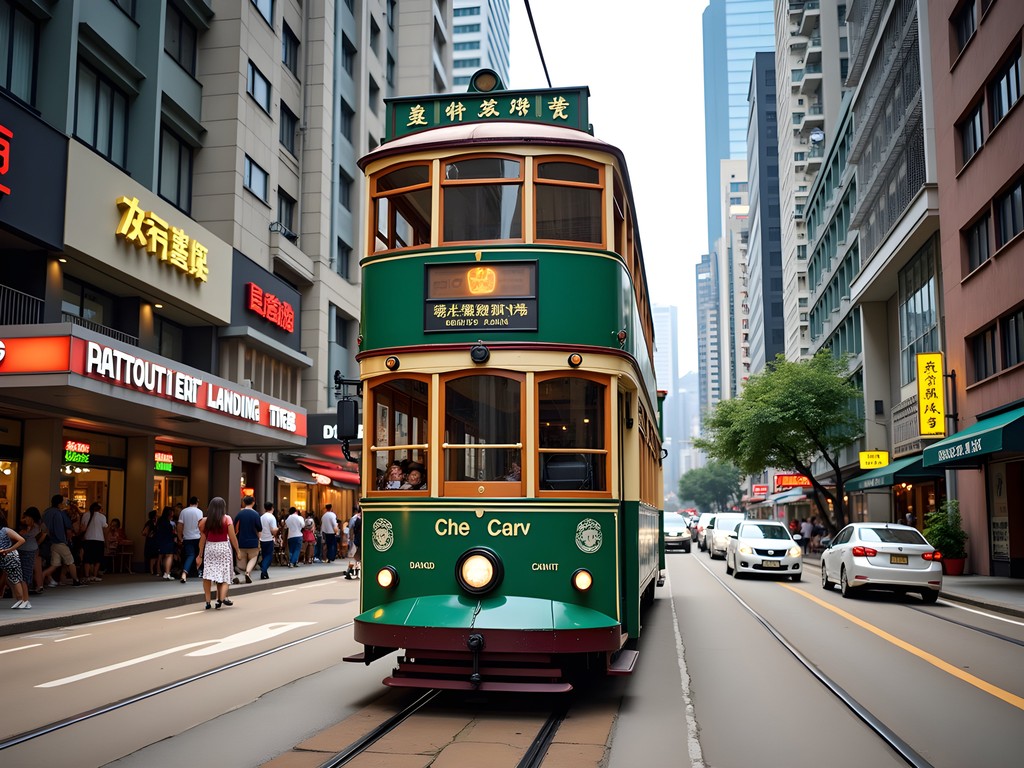
💡 Pro Tips
- Download the CityMapper app for real-time bus arrivals and route planning
- On minibuses, call out your stop to the driver as they don't always announce stops
- Sit on the upper deck right side of eastbound trams for the best views of Hong Kong's architecture
Taxis & Ride-Sharing: When to Splurge
As a dedicated budget traveler, I typically avoid taxis. However, there are moments when they become the most practical option—especially in Hong Kong where taxis are relatively affordable compared to Western cities. The city operates three types of taxis, each serving different regions and color-coded for easy identification: red (urban Hong Kong), green (New Territories), and blue (Lantau Island).
Red taxis are the most common and can travel anywhere in Hong Kong except Tung Chung Road and the south side of Lantau Island. The flag fall is HK$24 (about US$3) for the first 2km, with incremental charges for additional distance. Most short urban journeys cost between HK$50-100 (US$6-13).
During my stay, I found taxis particularly useful in two scenarios: late at night when public transportation options were limited, and when visiting remote hiking trailheads. After a sunset hike at Dragon's Back, I was grateful to find a red taxi at the Shek O Road endpoint as darkness fell—sometimes safety and convenience justify the extra expense.
A few important safety notes about Hong Kong taxis: drivers rarely speak English, so having your destination written in Chinese characters is essential. I kept a small notebook with common destinations written in Cantonese by my hostel staff. Additionally, unlike many countries, Hong Kong taxis rarely accept credit cards or Octopus cards—cash is king. Always ensure the meter is running when you start your journey.
Ride-sharing services like Uber do operate in Hong Kong but exist in a legal gray area. I found the local HKTaxi app more reliable for calling taxis, and having a local SIM card with data was essential for using such services. The app allows you to input your destination in English while sending the Chinese characters to the driver—solving the language barrier problem elegantly.
For airport transfers, the Airport Express train is usually faster and cheaper than taxis due to potential traffic congestion, but if you're traveling with multiple people or heavy luggage, a taxi might be more economical and convenient.

💡 Pro Tips
- Always have your destination written in Chinese characters to show taxi drivers
- Carry small bills as drivers may not have change for larger denominations
- Take a photo of your taxi's ID number (displayed on the dashboard) as a safety precaution
Unique Transportation Experiences: Escalators, Cable Cars & More
Beyond the conventional transportation options, Hong Kong offers several unique mobility experiences that function as both practical transport and tourist attractions in their own right.
The Central-Mid-Levels Escalator system is the world's longest outdoor covered escalator system, stretching over 800 meters and rising 135 meters through the hilly terrain of Hong Kong Island. As a safety inspector, I was fascinated by this engineering marvel that carries over 85,000 people daily. It runs downhill from 6 AM to 10 AM to serve morning commuters, then reverses direction for the remainder of the day. The escalator passes through several vibrant neighborhoods, with restaurants and shops lining the route. I spent an entire evening hopping on and off at different levels, exploring the evolving character of each street—from the traditional medicine shops at the bottom to the trendy bars of SoHo in the middle sections.
The Ngong Ping 360 Cable Car offers breathtaking views as it transports visitors from Tung Chung to the Ngong Ping Village and the famous Tian Tan Buddha on Lantau Island. While primarily a tourist attraction, it's also genuine transportation. I recommend splurging on the crystal cabin with its glass bottom for unobstructed views of the lush mountains and South China Sea below. To avoid the longest queues, I arrived just before the opening time of 10 AM with my pre-purchased skip-the-line tickets which saved me nearly an hour of waiting.
The Peak Tram, Hong Kong's oldest form of public transport dating back to 1888, carries visitors up to Victoria Peak for panoramic city views. While the MTR and buses also serve The Peak, the funicular railway offers a unique experience as it climbs at a seemingly impossible angle through mid-levels neighborhoods. The newly renovated system reopened in 2022 with increased capacity, but queues can still be substantial—I recommend visiting on weekday mornings or evenings after 7 PM for shorter wait times.
For water transportation enthusiasts like myself, the kaitos (small motorized ferry boats) serving outlying islands and remote coastal villages provide glimpses into Hong Kong's maritime heritage. The kaito to Sai Wan Swimming Shed from Aberdeen costs just HK$15 (about US$2) and takes you to one of Hong Kong's most photogenic and least touristy spots.
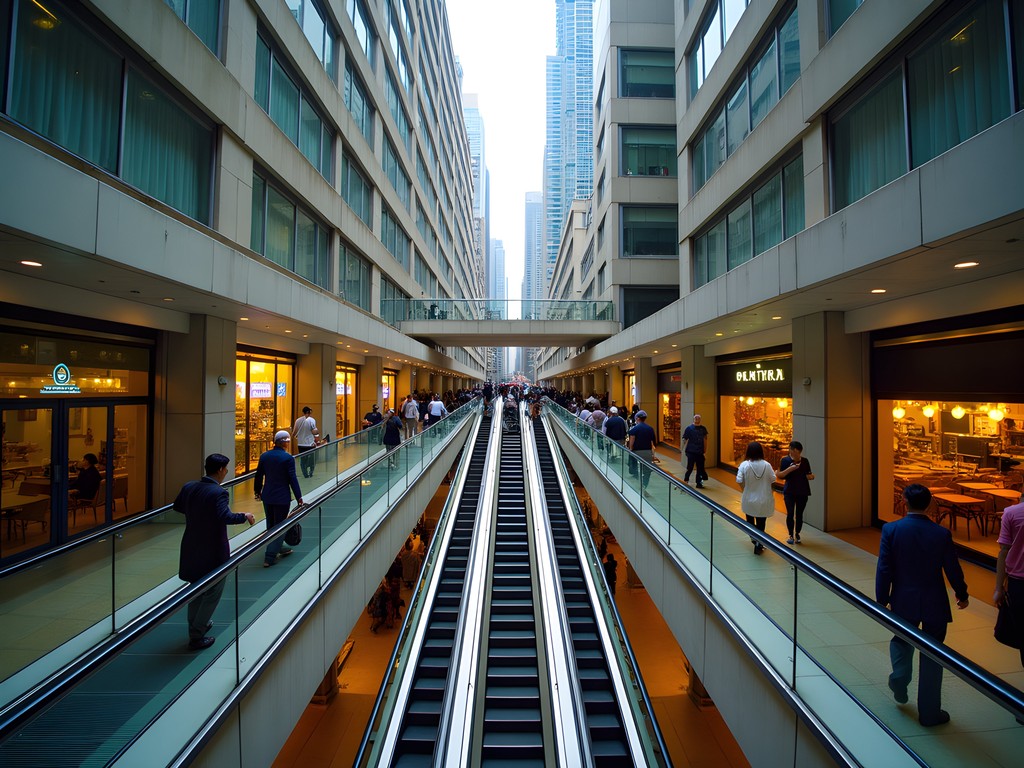
💡 Pro Tips
- Visit the Central-Mid-Levels Escalator between noon and 2 PM to avoid the busiest lunch crowds
- Book Ngong Ping 360 tickets online to secure your preferred time slot and avoid queues
- The Peak Tram is most atmospheric at sunset, but plan to arrive at least 45 minutes before your target boarding time
Final Thoughts
After a week of traversing Hong Kong via every conceivable mode of transportation, I've developed a profound appreciation for this city's mobility masterpiece. What struck me most wasn't just the efficiency—something my German side certainly values—but how the transportation network itself becomes part of the Hong Kong experience. From the breathtaking harbor crossings on the Star Ferry to the vertiginous ascent of the Peak Tram, these journeys are destinations in themselves. Verdammt beeindruckend! (Damn impressive!)
For solo travelers on a budget, Hong Kong's transportation system offers the perfect balance of affordability, safety, and comprehensive coverage. The Octopus Card system simplifies everything, while the clear signage and predictable schedules make navigation intuitive even for first-time visitors. Whether you're here for a quick stopover or an extended exploration, embrace Hong Kong's transportation network as your gateway to authentic experiences beyond the typical tourist path. ¡Buen viaje y viaja con cuidado! (Safe travels!)
✨ Key Takeaways
- The Octopus Card is essential for seamless travel across all transportation modes
- MTR is fastest for long distances, but ferries, trams and buses offer more scenic journeys
- English signage is excellent throughout the system, making navigation straightforward for international visitors
- Hong Kong's unique transportation options like the Mid-Levels Escalator are attractions in themselves
📋 Practical Information
Best Time to Visit
October-December (comfortable temperatures, lower humidity)
Budget Estimate
$30-50/day for transportation and basic accommodation
Recommended Duration
5-7 days
Difficulty Level
Easy

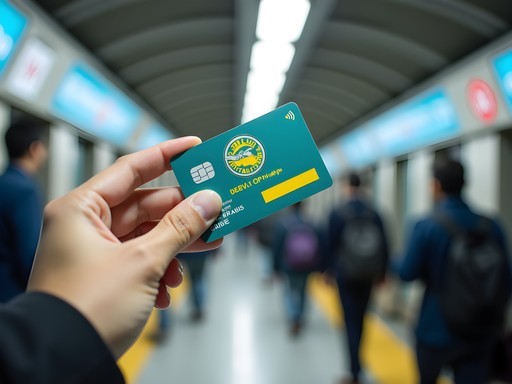
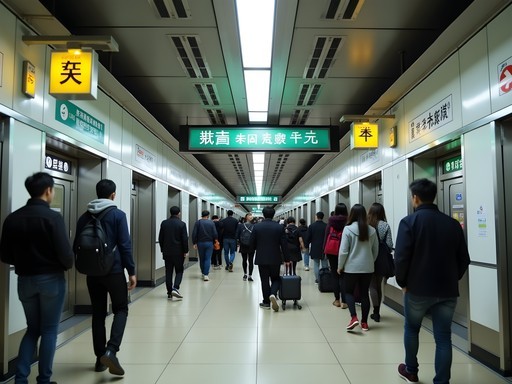
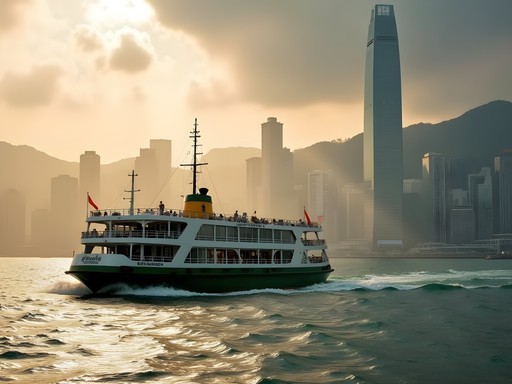
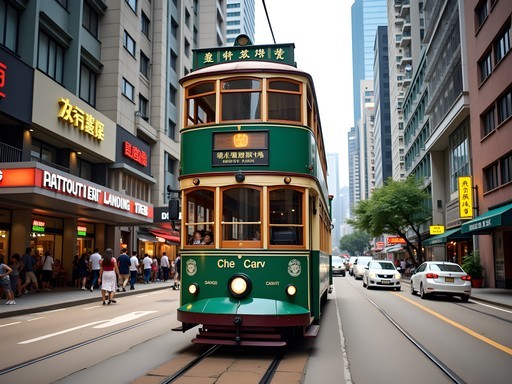
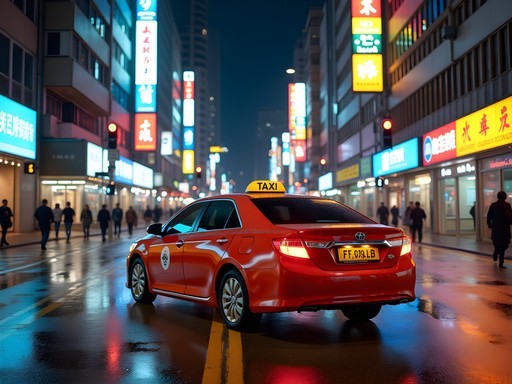
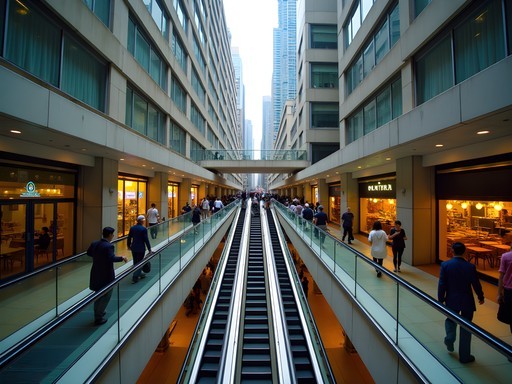


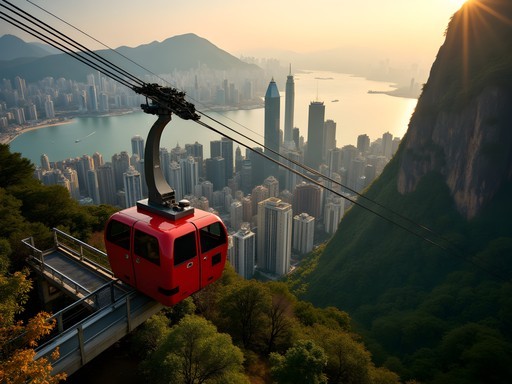
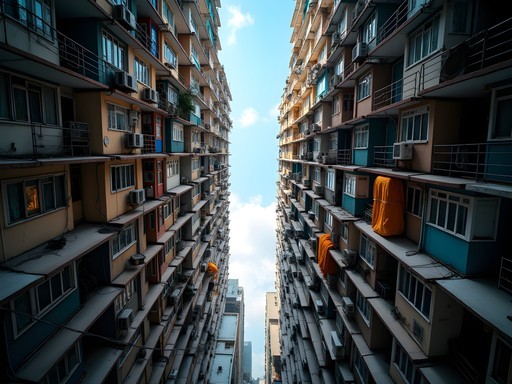
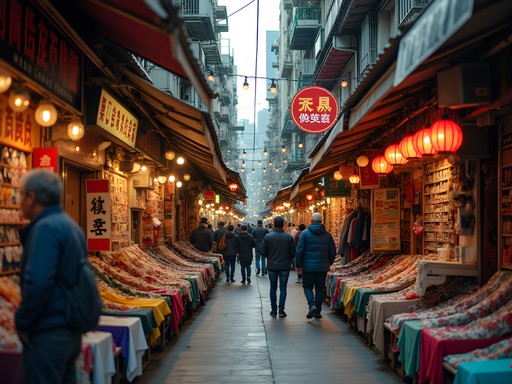
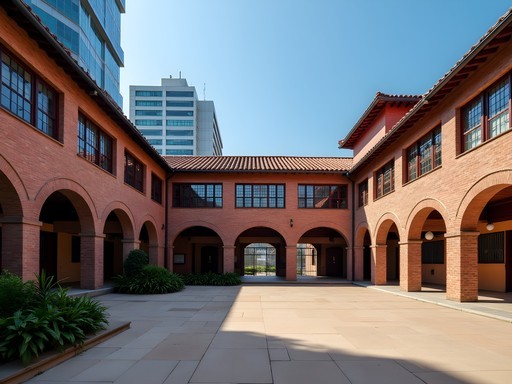
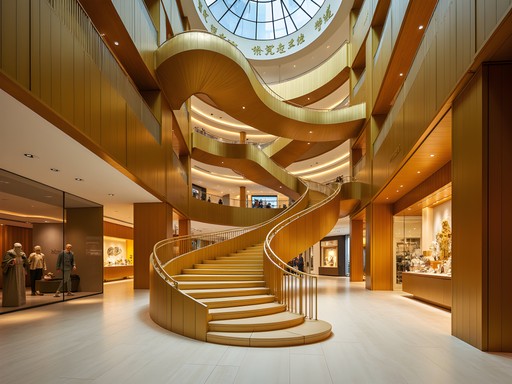
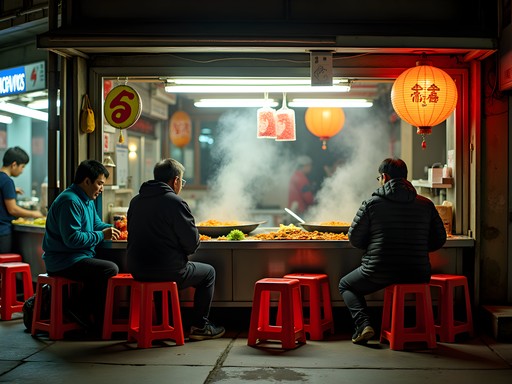
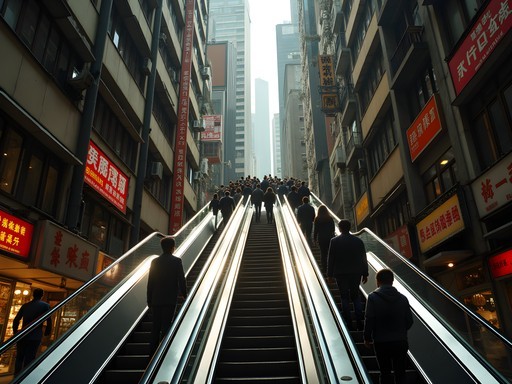
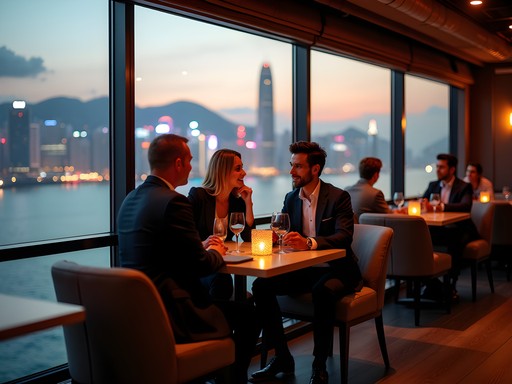
Comments
beachguide
How safe is it to use the minibuses if you don't speak Cantonese? I've heard they're more local but I'm worried about getting lost.
summermaster
Just got back from HK and used the green minibuses without any Cantonese! Most routes have electronic displays in English now. The red ones are trickier though!
beachguide
That's good to know! Will stick to the green ones then. Thanks!
hikinglife
The Star Ferry is my favorite part of visiting Hong Kong! So cheap but the best views in the city!
Sage Dixon
Jennifer, you absolutely nailed the Hong Kong transportation experience! Last year, I spent three weeks zigzagging across the city and was blown away by how efficient everything is. My favorite memory was taking the Ngong Ping 360 cable car to see the Big Buddha - not mentioned in your post but definitely worth adding to the transportation options. The views are incredible! Also, for anyone visiting, I found the MTR app super helpful for planning routes. One tip I'd add: if you're staying more than a few days, consider getting a travel SIM card so you can use Google Maps on the go. Saved me countless times when exploring those hidden corners you mentioned!
hikinglife
The Ngong Ping cable car is amazing! Did you go for the crystal cabin with the glass bottom? Worth the extra $$ in my opinion!
Sage Dixon
I did! Terrifying but incredible views of Lantau Island below. Just don't look down if you're afraid of heights!
summermaster
This guide is exactly what I needed! Going to Hong Kong next month and was stressing about getting around. The Octopus Card sounds like a must-have!
Sage Dixon
Definitely get the Octopus Card on day one! You can use it for convenience stores and some restaurants too, not just transportation.
summermaster
Thanks for the tip! Will grab one at the airport then.
skywanderer
Any recommendations for getting to some of the hiking trails? Planning to visit in November.
Lillian Diaz
The green minibuses are perfect for reaching trailheads! I took #9 from Shau Kei Wan to start the Dragon's Back hike. Just make sure you have small bills for the fare.
skywanderer
Thanks so much! Adding Dragon's Back to my list now.
dreamfan
I've heard the trams are really crowded. Is it worth taking them or should I just stick to the MTR? Also, any tips for getting to/from the airport?
Jennifer Rodriguez
The trams are definitely an experience! Yes, they get crowded during rush hour, but if you ride mid-day they're more comfortable and a great way to see the city at street level. For airport transfers, the Airport Express train is super fast and reliable - connects directly to the MTR system too!
nomadzone
The trams are worth it just for the photos! Sit on the upper deck for the best views.
wildblogger
Used the MTR last week. So efficient!
Nicole Russell
Jennifer, this guide is so comprehensive! As a solo female traveler, I found Hong Kong's public transport incredibly safe even late at night. One tip I'd add is to download the MTR app - it saved me so many times when planning routes to less touristy areas. The minibuses were initially intimidating (I didn't know you had to yell out your stop!), but once I got the hang of it, they became my favorite way to explore the neighborhoods. I also used my travel wallet which was perfect for keeping my Octopus card and cash secure while navigating the busy stations.
dreamfan
Nicole, did you feel safe as a solo traveler overall? I'm planning my first solo trip there.
Nicole Russell
Absolutely! Hong Kong is one of the safest places I've traveled solo. The public transport runs late, areas are well-lit, and people are helpful if you're lost. Just use normal city precautions!
nomadzone
OMG the Star Ferry is AMAZING! Best views of the skyline for basically pocket change. Your photos brought back so many memories!
luckyace
Great guide! I'm visiting HK next month for the first time. Is the Octopus Card worth getting if I'm only there for 3 days?
Jennifer Rodriguez
Absolutely! Even for 3 days, the Octopus Card saves you time and the hassle of buying individual tickets. Plus you can use it at convenience stores and some cafes!
luckyace
Thanks Jennifer! Will definitely get one then.
Venture X
Premium card with 2X miles, $300 travel credit, Priority Pass